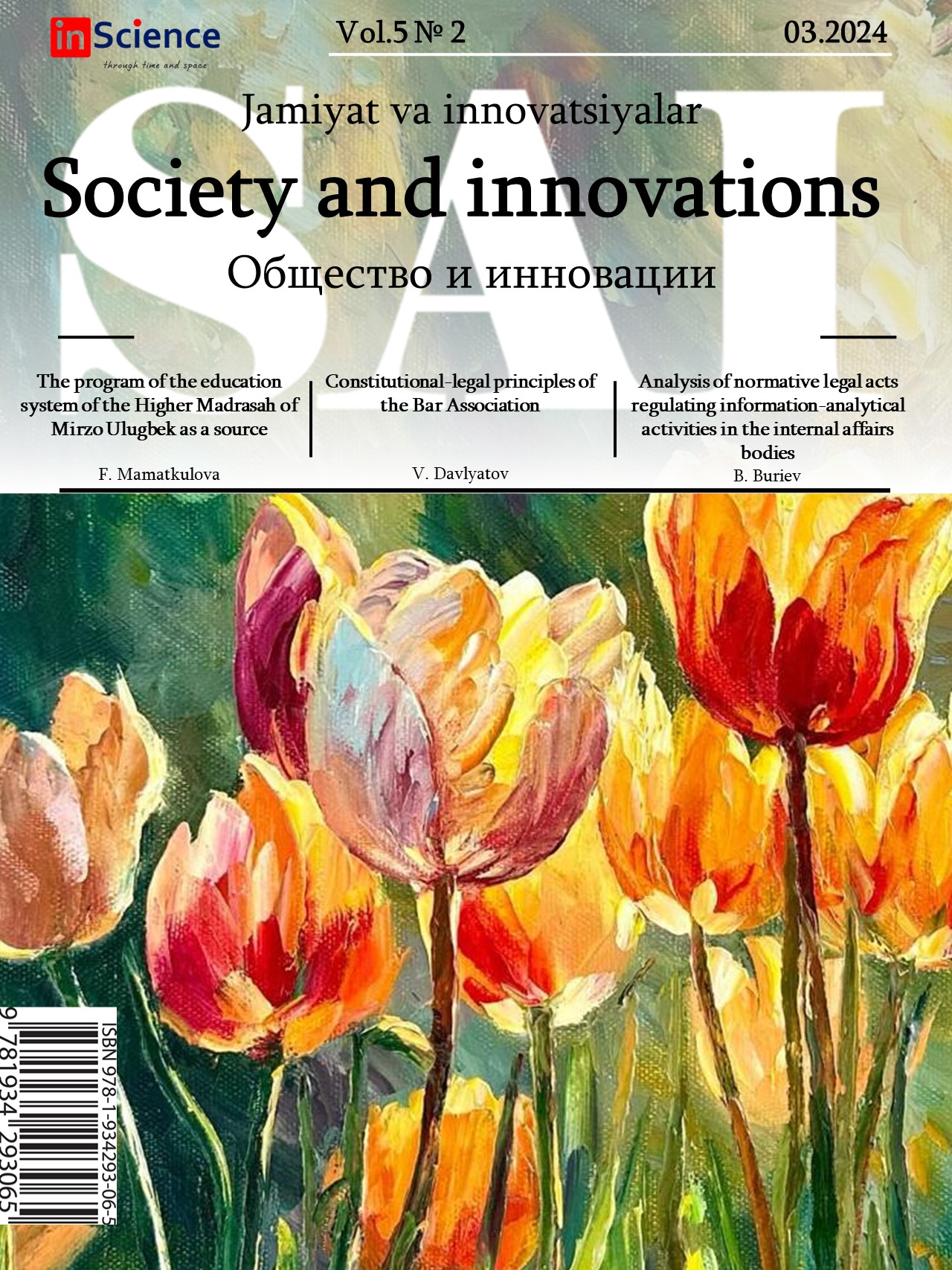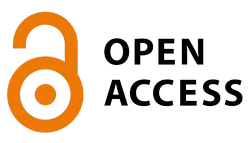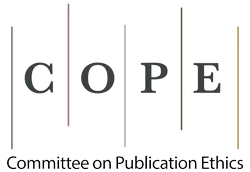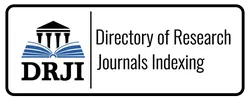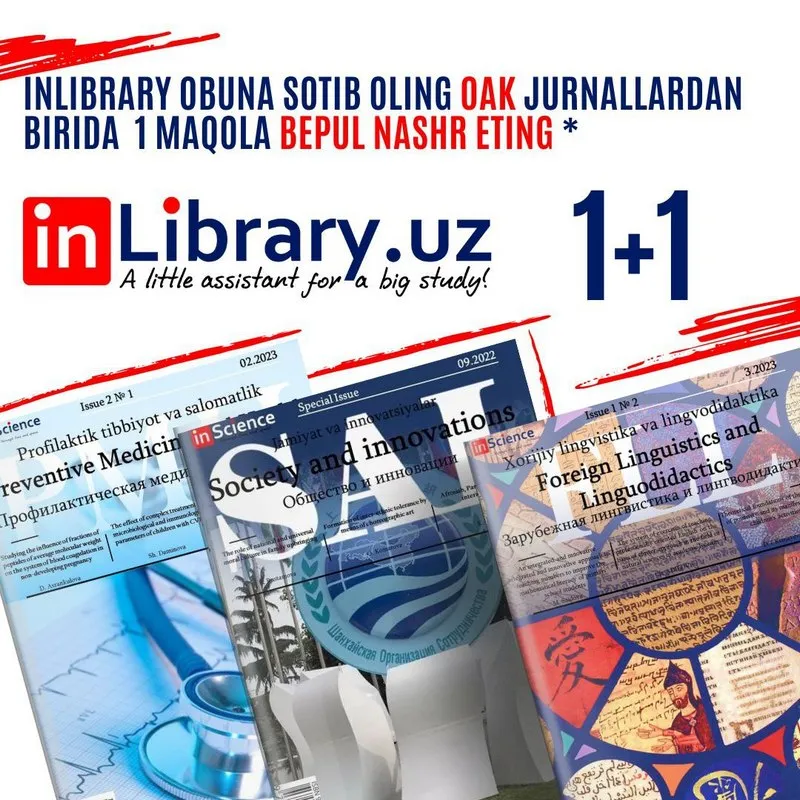DOI
https://doi.org/10.47689/2181-1415-vol5-iss2-pp38-44Ключевые слова
врач , пациент , дискурс , психоэмоциональный , инструментальный , структураАннотация
В данной статье рассматриваются мнения о субъективном восприятии взаимодействия между врачом и пациентом [2,3] Автор также обращает внимание на «патерналистскую» модель медицинского общения, которая подразумевает, что врач должен быть инициатором уважения и вежливости, а также несет ответственность за информирование пациентов о приоритете гуманных и гуманистических подходов при выполнении своих профессиональных обязанностей и задач.
Скачивания
Библиографические ссылки
Hein N., Wodak R. Medical interviews in internal medicine. Some results of an empirical investigation. Text: An Interdisciplinary Journal for the Study of Discourse, 7, 1987. –P 37–66.
Holmes J., Stubbe M., Vine B. Constructing professional identity: ‘Doing power’ in policy units // Talk, Work and Institutional Order. Discourse in Medical, Mediation and Management Settings. Berlin and New York: Mouton de Gruyter. 1999. –P 351–386.
Heritage J, Maynard D. Problems and prospects in the study of physician–patient interaction: 30 years of research. Annual Review of Sociology, 32: 2006. –P 351-374.
Kline F., F. Acosta. The misunderstood Spanish-speaking patient. American Journal of Psychiatry, 137 (2), 1980. –P 1530–1533.
Lacoste, M. The old woman and the doctor: A contribution to the analysis of unequal linguistic exchange. Journal of Pragmatics, 5, 1981. –P 169–180.
Lassen L. C. Connections between the quality of consultations and patient compliance in general practice, Fam. Pract., 8(2), 1991. –P 154–60.
Maynard D. W. On clinicians co-implicating recipients’ perspective in the delivery of diagnostic news // Talk at Work: Interaction in Institutional Settings. Cambridge: Cambridge University Press. 1992. –P 331–358.
McCann S., Weinman J. Encouraging patient participation in general practice consultations: Effects on consultation length and content, patient satisfaction and health. Psychology and Health, 11 (6), 1996. –P 857–869.
McKenzie P. Communication barriers and information-seeking counterstrategies in accounts of practitioner–patient encounters. Library and Information Science Research, 24, 2002. –P 31–47.
McWhinney I. The need for a transformed clinical method // Communicating with Medical Patients. Sage Publications, Newbury Park, CA. 1989. –P 58-77.
Mulholland J. Multiple directives in the doctor–patient consultation. Australian Journal of Communication, 21 (2), 1994. –P 74–85.
Ness D, Kiesling S. Language and connectedness in the medical and psychiatric interview. Patient Education and Counseling; 68 (2): 2007. –P 139-144.
Ong L.M. L., Dehaes J., Hoos A.M., Lammes F.B. Doctor–patient communication - a review of the literature. Social Science & Medicine;40(7): 1995. –P 903-918.
Pawlikowska T. Consultation models // Learning to consult. Oxford: Radcliffe, 2007. –Р 178–215.
Pendleton D.A., Bochner S. The communication of medical information in general practice consultations as a function of patients’ social class”. Social Science and Medicine, 14A, 1980. –P 669–673.
Pomerantz A. Pursuing a response // Talk at Work: Interaction in Institutional Settings. Cambridge: Cambridge University Press. 1992. –P 152–163.
Pollard C. The fiction of Mitterrant and cultural policy: Politics and its discontaints. 1994. –Р 21-37.
Roter D. The enduring and evolving nature of the patient–physician relationship. Patient Education and Counseling, 39, 2000. –P 5–15.
Royster L. Doctor–Patient Communication: An Exploration of Language Use During the Informed Consent. Unpublished doctoral dissertation, University of Pennsylvania. 1999. –P 11–16.
Seijo R., H. Gomez, Freidenberg J. Language as a communication barrier in medical care for Hispanic patients. Hispanic Journal of Behavioral Sciences, 13, 1991. –P 363–376.
Загрузки
65 23Опубликован
Как цитировать
Выпуск
Раздел
Лицензия
Copyright (c) 2024 Сайёра Ёрова (Автор)

Это произведение доступно по лицензии Creative Commons «Attribution» («Атрибуция») 4.0 Всемирная.
